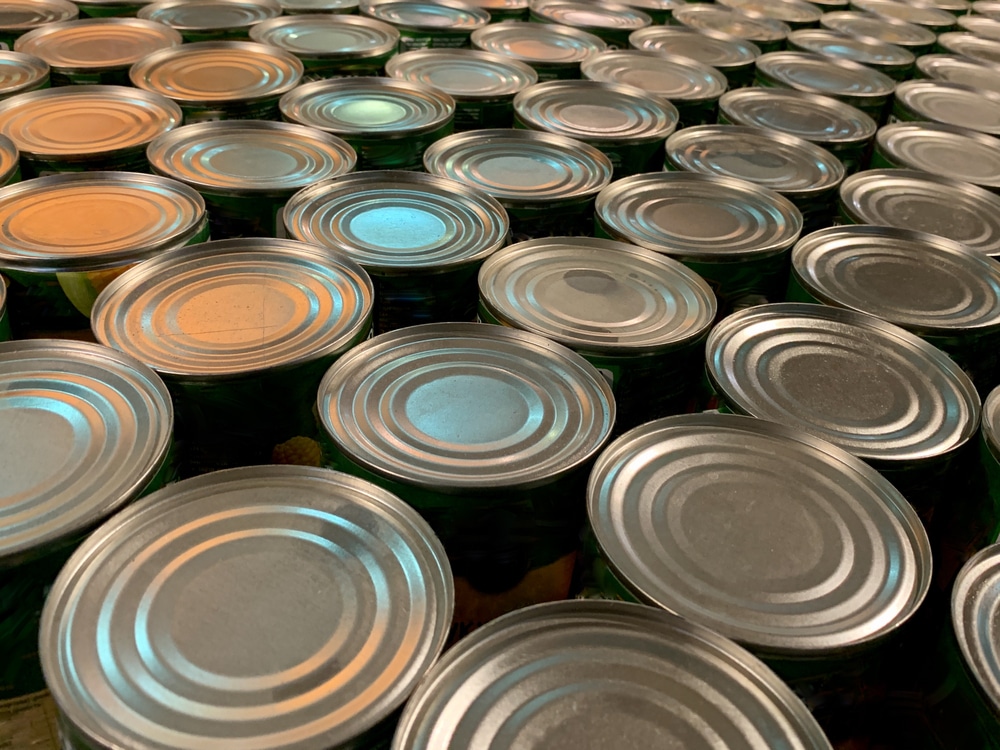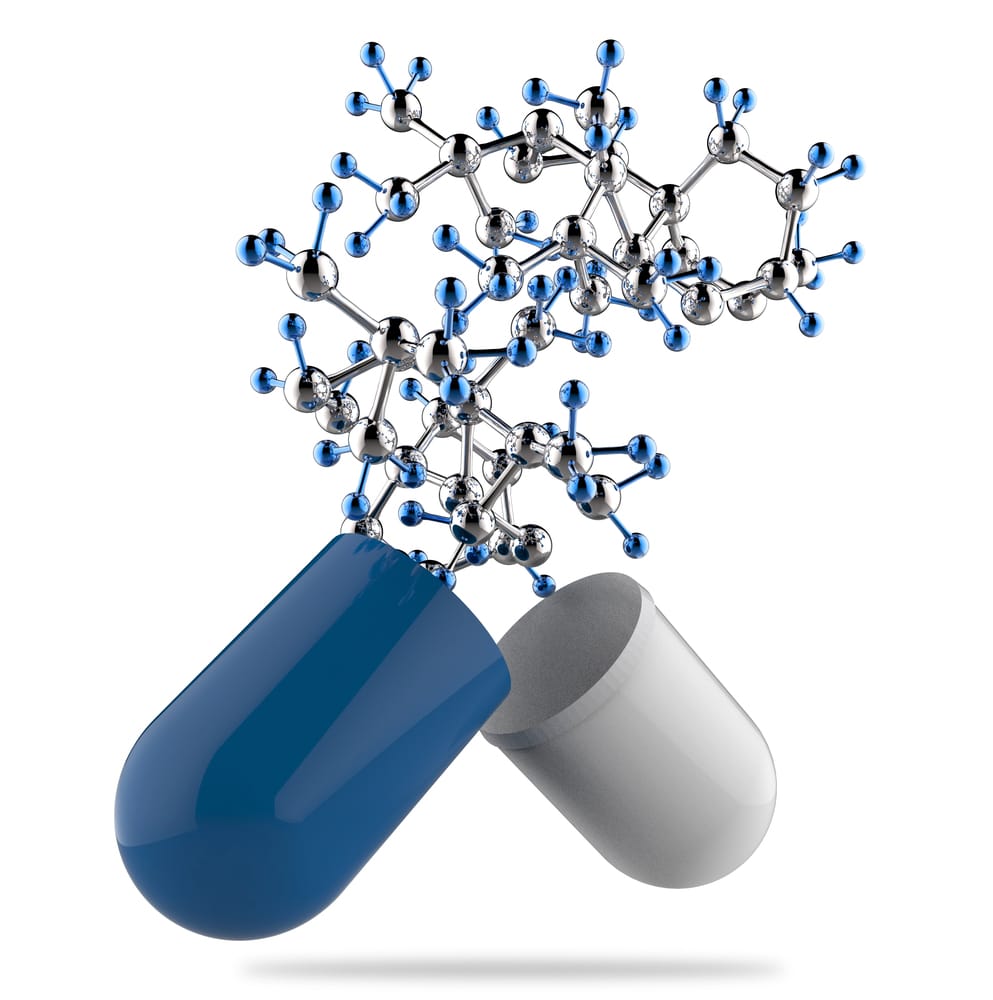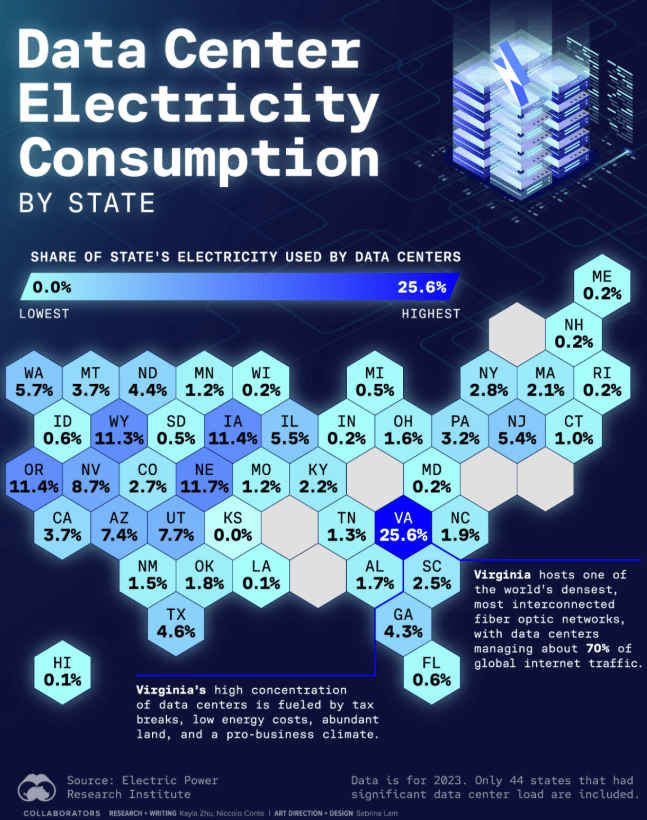Operational Technology Virtualization: The Hidden Efficiency Boost in Food Production
Most people look at obvious upgrades like new machines or bigger production lines. The best ways to boost efficiency often hide in plain sight. Operational technology virtualization brings a radical alteration to control system management in food production facilities. This technology works differently from regular IT virtualization. The systems need special attention because they control operations in real time and handle safety-critical tasks. Many industrial-focused operating system solutions now let food makers run multiple control applications on fewer servers.
Top operational technology companies have built specialized virtualization platforms that work perfectly for food production needs. This piece shows practical examples of virtualization technology. These examples prove how food manufacturers can optimize their operations while following all regulations. You’ll learn ways to put these solutions to work in your production setup and tackle any hurdles that pop up along the way.
Understanding Operational Technology Virtualization
OT virtualization represents a transformation in how industrial control systems operate within food production facilities. Control applications now run on shared infrastructure instead of dedicated physical hardware. Software-based representations of these systems enable multiple applications to run simultaneously.
Definition and Scope of OT Virtualization
OT virtualization creates virtual instances of control systems, SCADA applications, and industrial networks that once needed dedicated hardware. The system focuses on monitoring and controlling physical equipment in food processing plants directly. The scope goes way beyond simple server consolidation. It covers entire control architectures including PLCs, HMIs, and production management systems.
OT virtualization creates an abstraction layer that separates control software from hardware. Multiple control applications can run simultaneously on fewer physical servers. This leads to reduced hardware needs and easier maintenance.
How OT Virtualization Is Different from IT Virtualization
OT virtualization and IT virtualization share basic concepts but have key differences:
- Real-time requirements: OT systems just need deterministic performance with microsecond precision for critical production processes. IT systems can handle occasional delays
- Lifecycle expectations: Industrial OT systems run for 15-20 years without replacement. IT systems typically last 3-5 years
- Safety implications: OT environment failures can create physical safety hazards or product quality issues, not just data problems
- Control protocols: OT virtualization supports specialized industrial protocols rather than standard IT networking
OT virtualization platforms merge with legacy equipment common in food production facilities. Some of this equipment might be decades old but still works well.
Common Virtualization Technology Examples in OT
Industrial environments use several adapted virtualization technologies. VMware’s vSphere offers optimized configurations for real-time control applications with guaranteed performance metrics. Stratus Technologies provides fault-tolerant virtualization platforms that ensure continuous availability without interruption. This becomes critical for food production lines where downtime means lost product.
Operational technology vendors like Rockwell Automation and Siemens offer purpose-built hypervisor technologies. These maintain deterministic control while allowing system consolidation. Food manufacturers can run both Windows and Linux-based control applications on the same physical hardware.
Container-based virtualization has become popular for newer OT applications. It offers lightweight deployment options that quickly adapt to changing production requirements.
Efficiency Gains in Food Production Environments
Food producers see remarkable efficiency improvements in their production facilities by implementing operational technology virtualization. These systems reshape the scene at multiple levels with proper deployment.
Reduced Downtime Through Virtual Redundancy
Virtual redundancy creates digital backup systems that activate instantly when primary systems fail. Traditional physical backup controllers need manual switchover, but virtual redundant systems aid automatic failover in milliseconds. A major cheese producer’s annual downtime decreased by 37% after implementing virtual redundancy. Their virtual machines managed to keep operations running even during hardware maintenance. The disaster recovery capabilities improved since teams could restore entire production system configurations from virtual snapshots. This reduced recovery time from days to hours.
Energy Optimization via Centralized Control
Centralized virtualization gives precise control over multiple production systems through a single interface. Distributed control systems used to operate independently and caused energy inefficiencies. Operating systems virtualization now lets food manufacturers implement plant-wide energy management that adjusts resource consumption based on live production demands. To name just one example, virtual monitoring systems detect idle equipment and reduce power allocation without affecting startup response times. Field data shows food facilities using these systems reduce energy consumption by 15-22% in the first year.
Improved Line Changeover Times with Virtual Machines
Maybe even more impressive is how virtual machines speed up production line changeovers. Recipe changes or product switchovers traditionally needed time-consuming manual reconfiguration. Virtual machine templates optimized for specific products now let operators make quick switches. These templates include all settings and eliminate tedious parameter adjustments. The process reduces changeover times from hours to minutes and decreases configuration errors that caused product waste. A bakery cut its changeover times by 64% by implementing virtual machine templates through their operational technology vendors.
Implementation Strategies for Food Manufacturers
Food production environments need strategic planning to implement operational technology virtualization successfully. The transition process requires several critical factors beyond the technology.
Choosing the Right Operating Systems Virtualization Layer
Production requirements drive the selection of virtualization platforms. Your environment might just need hard real-time performance or work with near real-time responsiveness. Type 1 hypervisors like VMware ESXi or Stratus everRun provide bare-metal performance for critical processing applications with microsecond timing requirements. Food packaging operations with less strict timing can benefit from Type 2 hypervisors that offer greater flexibility. Your selected platform should support industrial protocols common in food manufacturing, such as Profinet or EtherNet/IP.
Integration with Legacy PLCs and SCADA Systems
Food facilities typically house equipment from multiple generations. Virtualization strategies should include gateway technologies to connect older serial-based systems with newer Ethernet networks. Virtual protocol converters help legacy PLCs and modern virtualized SCADA systems communicate smoothly. Your equipment’s communication requirements need a full picture before implementation to prevent production disruptions. A step-by-step integration approach works better than complete replacement.
Security Considerations in Virtualized OT Networks
Virtualized environments bring unique security challenges among their benefits. Network segmentation through virtual LANs should isolate production systems from business networks. Food manufacturing contexts need specific role-based permissions for rigorous access control. Critical safety functions require air-gapped systems even with virtualization. OT vendors provide industry-specific security templates that help meet food safety compliance requirements.
Training Requirements for Plant Operators
Operator proficiency determines virtualization projects’ success. Plant personnel should learn both traditional mechanical knowledge and virtual system management. Visualization tools that show physical processes accurately in the virtual environment are great starting points. Teams can then develop troubleshooting protocols to identify hardware, virtualization layer, and application issues. IT and OT staff’s cross-training becomes valuable during transitions.
Challenges and Vendor Ecosystem in OT Virtualization
Food production faces technical hurdles in implementing operational technology virtualization that need solutions before deployment.
Hardware Compatibility with Virtualization Platforms
Food processing facilities use legacy equipment that doesn’t work well with modern virtualization platforms. Old PLCs and controllers need special interface cards or gateway devices to function. Without doubt, food production hardware updates happen every 15-20 years. This creates a challenge where virtualized systems must work with equipment from decades ago. Teams must evaluate hardware thoroughly before they virtualize control systems.
Support from Operational Technology Vendors
The OT virtualization market has grown stronger, though not at the same pace everywhere. Big names like Rockwell Automation, Siemens, and Honeywell now sell virtualization-ready controllers and SCADA platforms. However, smaller equipment manufacturers don’t support virtualized environments well. You should look at a vendor’s virtualization roadmap and their dedication to keeping systems compatible as technology changes.
Licensing and Compliance in Regulated Food Environments
Virtualized systems face unique compliance challenges due to food safety regulations. FDA rules often need physical separation between control systems – a requirement that virtual architectures must address carefully. Software licensing also creates problems since industrial automation licenses link to physical hardware IDs instead of virtual instances. Yes, it is vital to document virtualized systems properly during regulatory audits.
Conclusion
Operational technology virtualization gives food manufacturers a powerful way to boost their efficiency, yet many overlook this game-changing solution. Virtual instances of critical control systems transform production environments while preserving the deterministic performance that food processing operations need.
Food production facilities see clear advantages from this technology. Virtual redundancy cuts downtime by up to 40%, and centralized control systems help optimize energy use plant-wide. Virtual machine templates speed up line changeover times substantially, which lets manufacturers switch products quickly without the usual delays from reconfiguration.
Food manufacturers need to think about several key factors before implementation. The right virtualization platform depends on production requirements and timing constraints. Legacy equipment integration needs careful planning, especially to connect older serial-based systems with newer tech. Security becomes crucial when you have to segment networks properly and set up role-based access controls for food production.
The transition comes with its share of hurdles. Integrating decades-old equipment with modern virtualization platforms often leads to hardware compatibility issues. Support from operational technology vendors varies widely. Meeting regulatory requirements adds another layer of complexity, especially with FDA rules and software licensing.
These challenges shouldn’t stop forward-thinking food manufacturers from pursuing the efficiency gains of operational technology virtualization. Production demands keep growing and competition gets fiercer. This hidden efficiency boost gives facilities a real edge if they’re ready to adopt virtualized control systems. Virtual technologies will definitely become essential components in efficient, flexible manufacturing environments.




